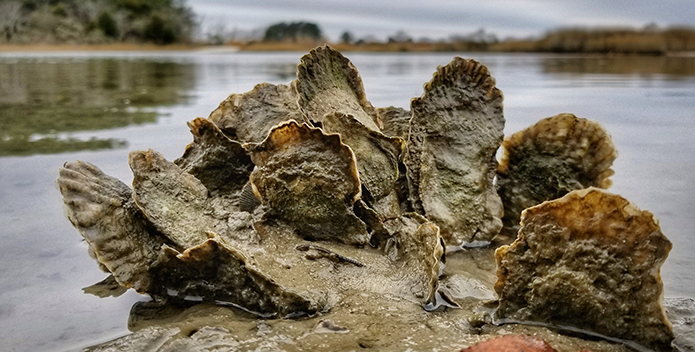Welcome to Facts Vibes! Today, let’s dive into the fascinating world of oysters. Did you know that these delicious bivalves can change their gender? Join us as we uncover more quirky and intriguing fun facts about these ocean-dwelling delights.
The Fascinating World of Oysters: Fun Facts You Need to Know!
The Fascinating World of Oysters: Fun Facts You Need to Know!
Oysters are fascinating creatures that play a vital role in their ecosystem. These bivalve mollusks can be found in marine and brackish waters worldwide. They are not only a delicacy in the culinary world but also possess some remarkable characteristics.
Did you know that oysters can change their gender? Yes, it’s true! They are protandrous hermaphrodites, which means they start as males and can later become females. This unique trait allows them to maximize reproductive success.
Additionally, oysters are exceptional filter feeders. A single oyster can filter up to 50 gallons of water per day, making them critical in maintaining water quality and clarity in their habitat.
Their ability to produce pearls is another intriguing aspect. When an irritant, such as a grain of sand, enters their shell, oysters secrete layers of nacre to coat it, eventually forming a pearl. While natural pearls are rare, oyster farming has made cultured pearls more accessible.
It’s essential to note that oysters are also indicators of environmental health. Their sensitivity to pollution and changes in water quality underscores their significance as bioindicators for scientists and researchers.
Appreciating these incredible creatures goes beyond their gastronomic allure. Understanding and respecting their role in the environment is crucial for their conservation and the ecosystems they contribute to. Whether you enjoy them on your plate or admire their ecological significance, oysters undoubtedly deserve our fascination and appreciation.
Most popular facts
Oysters can change their gender multiple times during their lifespan.
True. Oysters can change their gender multiple times during their lifespan.
Oysters can filter up to 50 gallons of water a day, helping to improve water quality.
Oysters can filter up to 50 gallons of water a day, helping to improve water quality.
The largest oyster ever recorded was over 14 inches long and weighed over 3 pounds.
The largest oyster ever recorded was over 14 inches long and weighed over 3 pounds.
Oysters have been consumed by humans for thousands of years, with evidence of oyster farming dating back to ancient Rome.
Oysters have been consumed by humans for thousands of years, with evidence of oyster farming dating back to ancient Rome.
Oysters are considered an aphrodisiac in many cultures due to their high zinc content.
Yes, oysters are considered an aphrodisiac in many cultures due to their high zinc content.
Some oysters can live for over 20 years.
True.
Pearls are formed when an irritant, such as a grain of sand, becomes trapped inside an oyster’s shell.
Pearls are formed when an irritant, such as a grain of sand, becomes trapped inside an oyster’s shell.
Oysters are low in fat and calories but high in protein, making them a healthy food choice.
Oysters are low in fat and calories but high in protein, making them a healthy food choice.
There are over 100 different species of oysters found around the world.
True.
Oysters are sensitive to changes in water temperature and pollution, making them an important indicator of environmental health.
Oysters are sensitive to changes in water temperature and pollution, making them an important indicator of environmental health.
In the 19th century, New York Harbor was once home to the world’s largest oyster bed.
Yes, in the 19th century, New York Harbor was once home to the world’s largest oyster bed.
Oysters are commonly eaten raw on the half shell, but they can also be cooked in a variety of ways.
Oysters can be eaten raw on the half shell or cooked in a variety of ways.
Oysters are rich in vitamins and minerals, including vitamin D, vitamin B12, iron, and calcium.
Oysters are rich in vitamins and minerals, including vitamin D, vitamin B12, iron, and calcium.
The Gulf Coast of the United States is known for its large oyster industry, particularly in states like Louisiana and Texas.
The Gulf Coast of the United States is known for its large oyster industry, particularly in states like Louisiana and Texas.
Oysters play a crucial role in maintaining the balance of marine ecosystems, providing habitat for other marine life.
Oysters play a crucial role in maintaining the balance of marine ecosystems, providing habitat for other marine life.
In conclusion, oysters are truly fascinating creatures with intriguing characteristics and a rich history. Whether you enjoy eating them or simply appreciate learning about their unique traits, there is no denying the remarkable nature of oysters. So, the next time you encounter these incredible mollusks, take a moment to reflect on the wonderful world of oysters.
